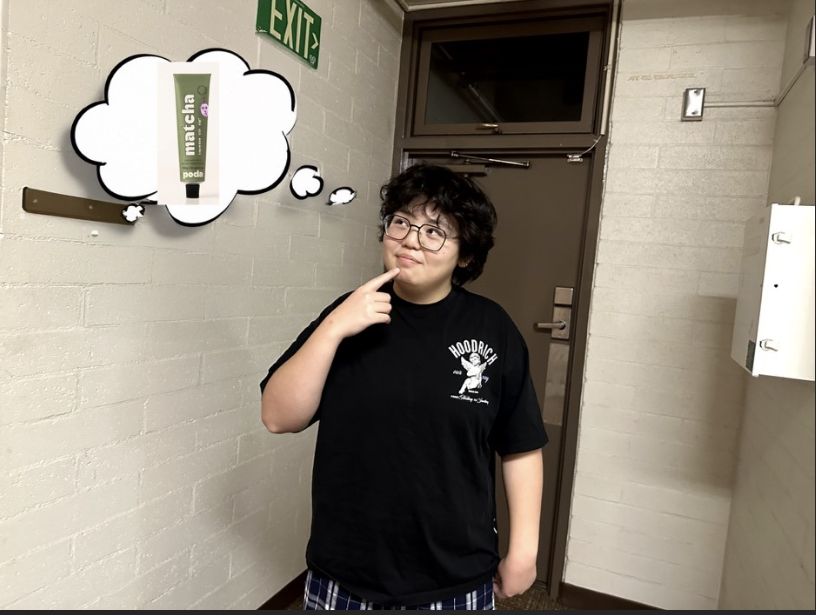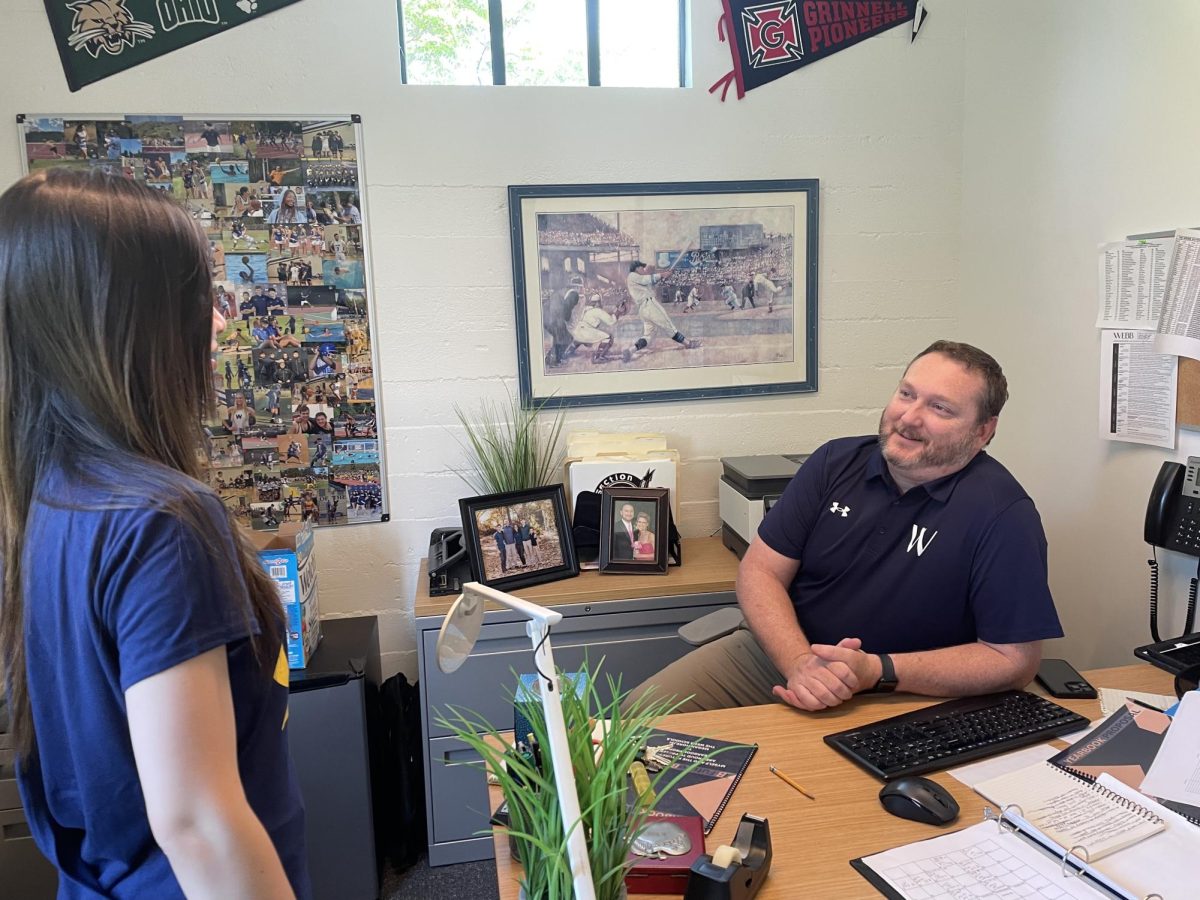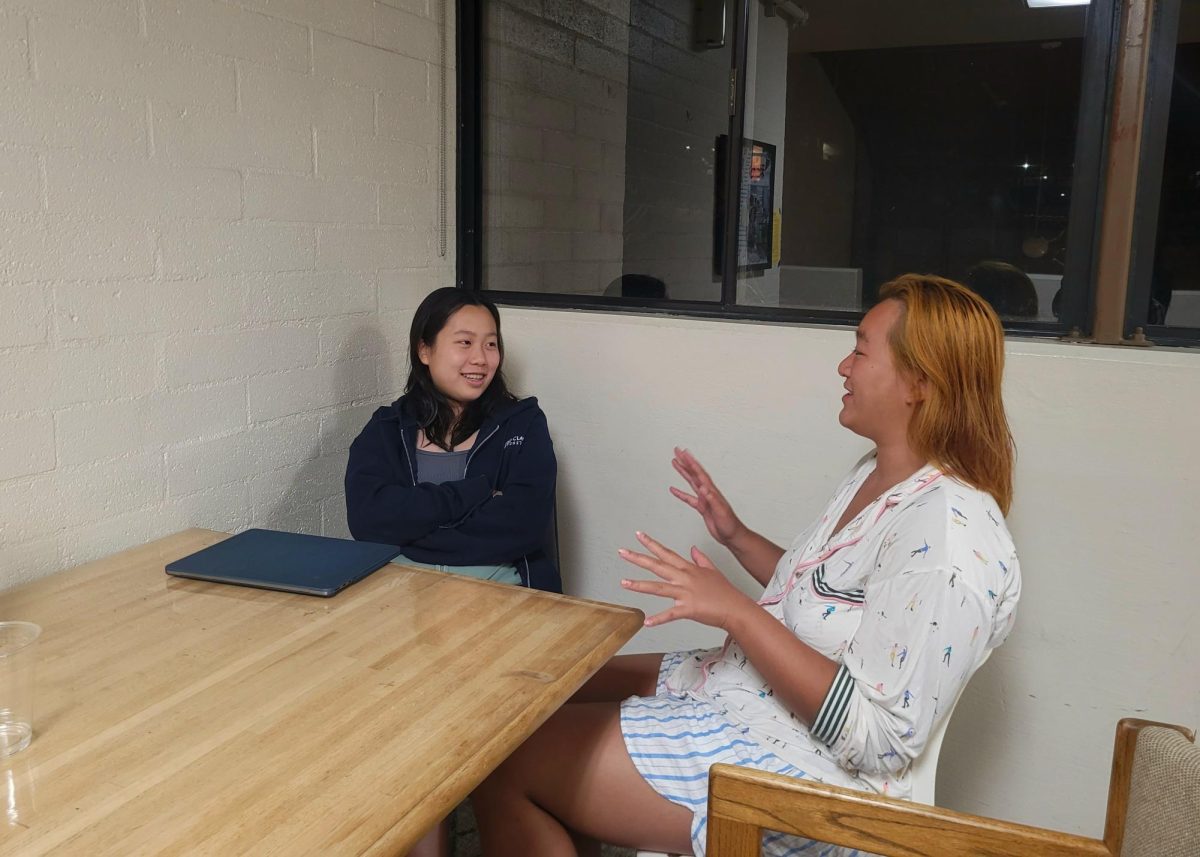Teenagers today face an immense number of pressures from multiple sources, including academics, social expectations, school competitiveness, and planning for their future.
According to the World Health Organization, teenagers dealing with an immense amount of stress can lead to depression, anxiety, and burnout. Adolescents are particularly vulnerable due to their developing brains and heightened emotional responses. Different school environments, such as academically rigorous private schools versus public schools, contribute to varying levels and types of stress.
Teenagers experience stress for numerous reasons, but some of the most common sources include:
- Social pressure: the need to fit in, maintain friendships, and navigate social hierarchies can be extremely overwhelming.
- Academic workload: heavy coursework, difficult subjects, and high expectations are large contributors to teenage stress (National Center for Biotechnology Information, 2015).
- College applications: the pressure to get into college, especially top schools for some teenagers, adds an extra layer of stress and anxiety (PubMed Central, 2022).
- SAT/ACT preparations: standardized testing can be a significant source of stress for students striving for high scores (PubMed Central, 2022).
- Biological factors: the adolescent brain is still developing, making teenagers more susceptible to stress and emotional fluctuations (World Health Organization, 2021).
Private schools, particularly those with rigorous academic programs, create an intense environment of competition. Students often feel pressured to maintain high GPAs, participate in multiple extracurricular activities, and hold many leadership positions.
This high pressure comes from multiple different factors: high tuition cost, the competitive nature of admissions to elite colleges, parental expectations, a focus on high academic excellence within school culture, and the perception that a high GPA is the most important thing for future success.
Janae Persichino (‘25), a student at Western Christian High School, shares that while her workload is like students at other schools, the way that her school curriculum is structured adds extra pressure.
“My school tends to give busy work the most out of anything just to put a grade in the grade book,” Janae said. “They have really high expectations on all the students to be ‘Christ-like,’ but I think it backfired.”
Janae’s experience suggests that while private schools may offer a structured environment, their rigid expectations can sometimes add unnecessary stress.
Michel Fountain (‘26), a student at The Webb Schools, similarly describes the academic environment as more demanding than his previous Catholic school.
“I think because of the difficulty of the classes and the amount of work that we have, Webb is very stressful, even though we only have three classes a day,” Michel said.
He explains that finding ways to cope with stress is crucial, noting that sports help him take his mind off academic pressure. However, Michel suggests that the school could improve its approach to stress management by giving students personal days instead of mandatory school-wide events.
On top of academic stress in high school, trying to fit into “teenage standards” may add another layer of stress and anxiety to students. This can also play into teenagers’ overall well-being, and their insecurities with themselves.
“Starting out in private schools, I had extreme anxiety about trying to make myself act like everyone else,” said Leo Mildon (‘28), a student who attends Skyline High School. “Down to how I dressed, I didn’t want to stand out. My peers in private schools were more judgmental than any other schools’ students. The social aspect of school was the most stressful situation out of everything else in private school.”
Public schools present their own set of challenges. With larger class sizes, limited resources, and diverse student populations, stress manifests differently. While academic expectations may vary, students often face pressures from standardized testing and the need to stand out in a crowded environment.
Additionally, students may have fewer opportunities for individualized academic support, making it difficult for some to manage their workload effectively. However, public schools may provide a more flexible social environment, where students are not as pressured to participate in numerous extracurricular activities or maintain an extremely high GPA. Many public schools also offer honors and Advanced Placement (AP) courses, which can add stress for students who aim to challenge themselves academically. The disparity in funding between districts can lead to unequal access to resources, further influencing the academic experiences of students.
“Recently, I’ve had the chance to switch to public school. In public school, students are more accepting and welcomed me with open arms,” Leo said.
“Attempting to shoot for higher grades and become a standout student has become the most stressful thing in my life.”
His experience demonstrates how, while public schools can offer a more inclusive social environment, academic pressures still persist.
In addition to academic stress, public school students often face social pressures unique to larger school populations. Navigating friendships, bullying, and peer expectations can be stressful, especially in environments where students have fewer close relationships with teachers or counselors.
Doing online high school may also lead to teenagers having feelings of loneliness as well as dealing with an increase of distractions and procrastinations: “I later had switched to online school for two years. Doing online school had driven me away from any socializing with other people.”
“My life with online school was incredibly difficult. My workload had decreased exceptionally, but not being able to talk to other students or get to know anyone was the hardest part about my days. Staying at home constantly had led me to become unhealthy, and being online 24/7 is never an ideal situation for any person.”
This experience underscores the importance of in-person interactions for teenagers’ well-being and the drawbacks of a fully remote learning environment.
While high school can be seen as a place of stress for all these different factors, faculty members play a crucial role in helping students manage stress. Teachers and counselors can provide academic support, stress management strategies, and mental health resources.
Schools that implement strong advisory programs or offer mental health services on campus create a more supportive environment for students. Faculty can also help by being mindful of workload distribution and ensuring that students are not overwhelmed with excessive assignments.
Encouraging a balance between academics and personal well-being is essential in reducing teenage stress. Teachers can adopt strategies such as flexible deadlines, mindfulness activities, and check-ins with students to assess their mental well-being. Counselors can provide individualized guidance and connect students with resources for managing stress.
In recent years, schools have begun integrating mental health awareness into their curriculum. Some institutions offer stress management workshops, teach coping strategies, and educate students about the importance of self-care.
While these initiatives are beneficial, students like Michel argue that more personalized solutions—such as mental health days or reduced workloads during high-stress periods—would be more effective in addressing student needs.
Schools that prioritize a culture of openness and communication, where students feel comfortable discussing their stress levels, are more likely to foster a healthier academic environment.
Teenage stress is a complex issue influenced by various academic and social factors. Private and public schools each present unique challenges. Regardless of the setting, it is crucial for schools to prioritize student well-being by implementing policies that help manage stress and support mental health.
Schools must continue to evolve their approaches to stress management, ensuring that every student has access to the support and resources they need to succeed while maintaining their mental well-being.
















